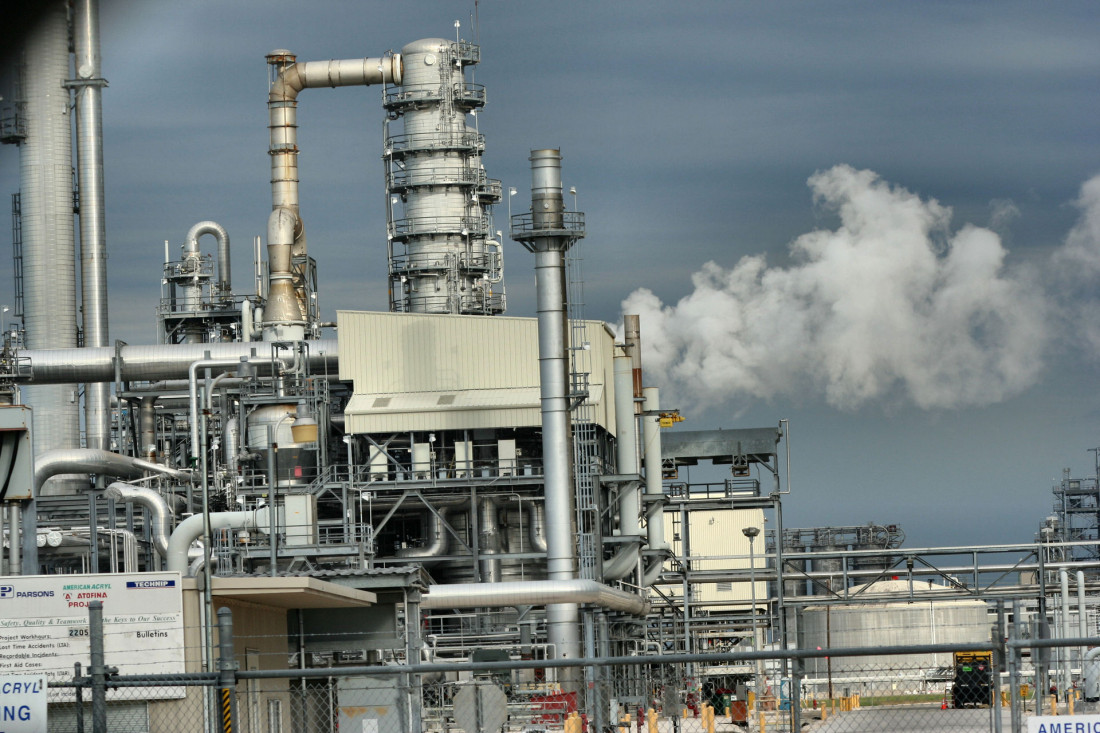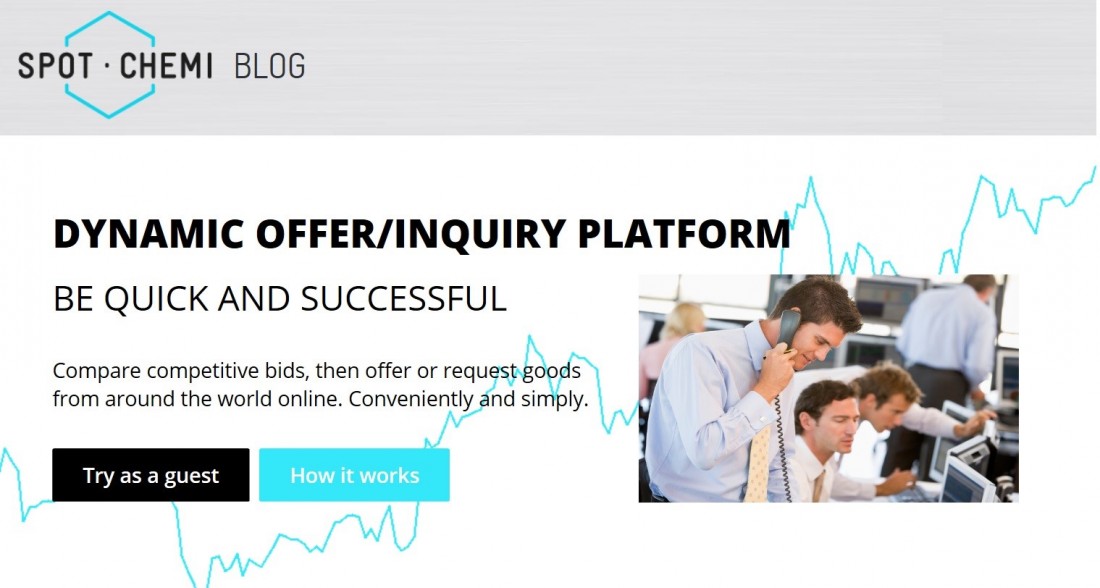007 would be proud of the chemical industry. Although it doesn’t have car chases, glamourous locations, and seductive women, it does keep a lot of secrets. And in the highly secretive market of industrial chemicals the biggest secret of all is the price.
In most situations this leads chemical manufacturers and traders to ‘best guess’ their opening offer to prospective clients. Without additional information, a chemical sales team can only create offers based on past experience and hunches. It can never know what the true value of the chemical product is to the customer.
However, a more modern approach to pricing industrial chemicals has now been developed that suggests having a more open discussion about price. It even suggests that the value of a chemical should be based on a calculatable evaluation of the practical solution a chemical product provides.
The details of this theory by Dr Andrea Maessen (formerly at the Department of Trade and Marketing at the University of Hamburg) and Jan Haemer (formerly at the Department of Economics at the University of Toronto), have now been published in the industrial chemical journal, Business Chemistry. Their work at the industrial consultancy Simon-Kucher & Partners offers a great insight into the theory of pricing industrial chemicals.
Pricing theory that is also pleasingly practical.
For example, Maessen and Haemer have provided real-world examples of how their theory was applied in advice to the water specialists at Ecolab . Here they suggest not pricing chemical products by the kilo or tonne, but by the value it provides to the customer. On this topic they note, “The added value is the ability to identify ways to operate a specific water treatment plant more effectively and efficiently on a continuous basis, based on gathered information and benchmarks. The value is derived from the solution, the combination of water chemicals and services. A model based on kg or bags of water chemicals doesn’t align with this value.”
They suggest that chemical companies are not just supplying products, they are supplying problem solving solutions. A manufacturer of animal feed gains value by adding agrichemicals to his mix. These chemical raw materials give value to his product that can be measured in the additional growth and productivity of a farmer’s animals. The value of these chemical products is therefore measurable, providing a base point for price negotiations.
However, as any chemical product provider knows, the real profit for supplying industrial chemicals can often be found in the additional services that are purchased. Maessen and Haemer also believe that chemical suppliers need to show the value of these services. In doing so they not only allow a client to select the value that suits them and their needs, but they also help both parties find a mutually agreeable price.
For this reason, the researchers have also developed further pricing suggestions that give value to the services that chemical suppliers offer.
Here are some of the take-away points of their theory:
- Treat services as products. This includes issuing services with a material number.
- Be clear about what the standard service includes. This way clients understand why they must pay for additional services.
- Include all services on the invoice. Enter a value of zero for those that are included in the standard service.
- Automatically charge for services. It is easier to take a charge off the invoice than to add it later.
- Avoid petty charges. The Ryanair business model does not apply in B2B industrial chemical markets.
- Don’t display a price for all services. Some services are so special they are only ‘available on request’.
- Use services and charges to influence customer behaviour. Increase charges on services that you may want to phase out, decrease charges on services that you want to promote or expand.
In recent years there has been much talk of ‘innovation’ as a driving force for the chemical industry. It is the power that focuses investment, creates new products, and solves the problems facing the modern world. However, innovation in pricing policy is perhaps even more important. As research costs become ever higher, health and safety testing of new products stretches into decades, and competition becomes ever stiffer, it is innovation towards accurate pricing that will increase profits for chemical companies.
As Maessen and Haemer note, “Innovations which can demonstrate true added value are the only way forward for the chemical industry. This also means business model innovation and not merely product and service innovation.”
Is it time to rethink your company’s approach to chemical pricing?
If you would like to read more about industrial chemicals and chemical pricing, then you can read more articles like this one at the SPOTCHEMI blog page.


